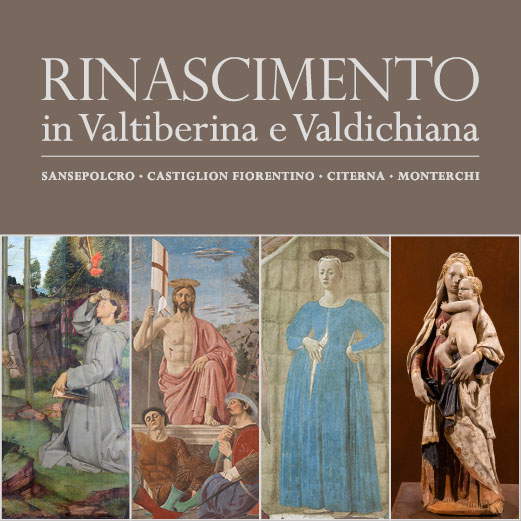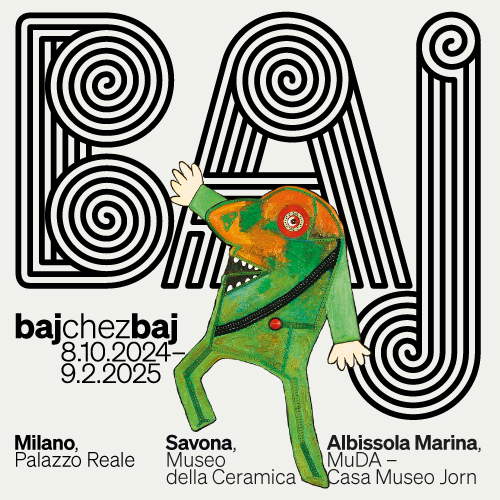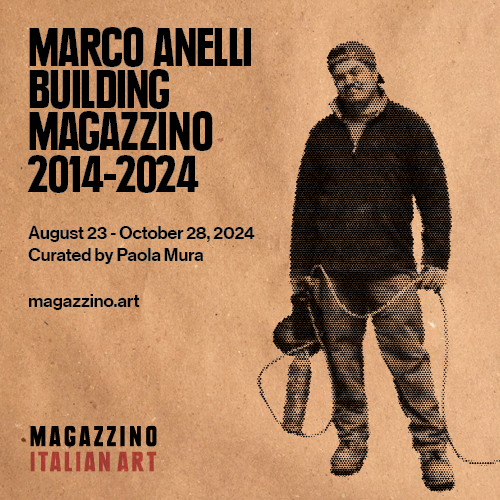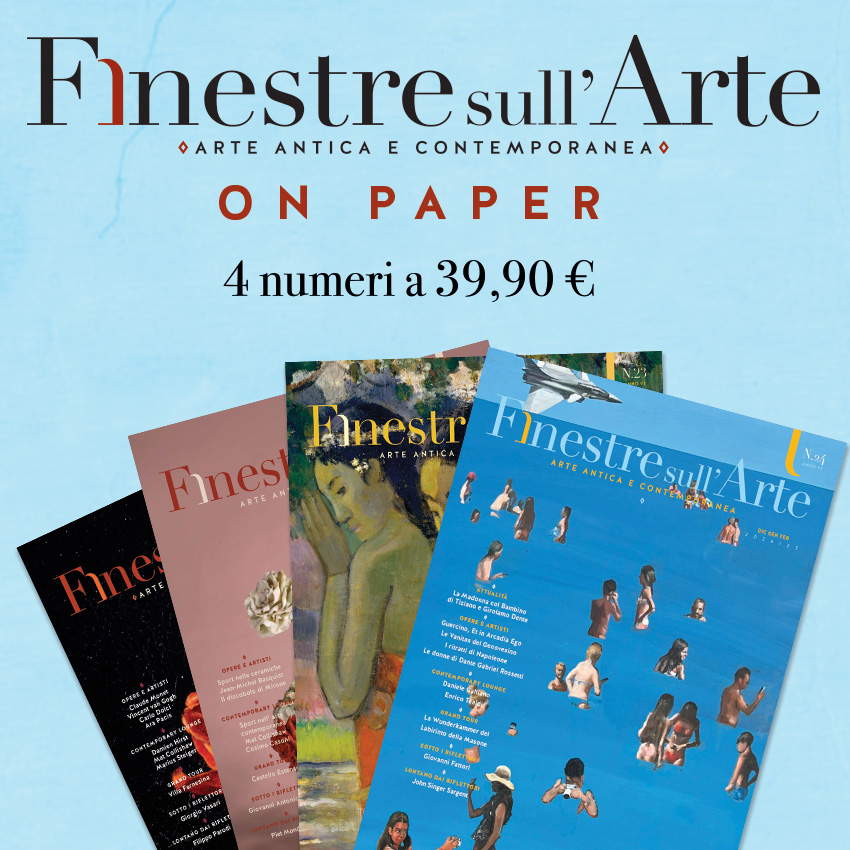Rome, Madonna of the Pantheon restored with Bulgari funds
Presented in Rome was the restoration of the icon of the Madonna of the Pantheon, an initiative sponsored by the Ministry of Culture and the Pantheon and Castel Sant’Angelo Institute, with the support of the Chapter of the Basilica of Santa Maria ad Martyres. The presentation offered a comprehensive overview of the restoration, with Pantheon Director Gabriella Musto explaining the details of the work carried out, and restorer Susanna Sarmati elaborating on the techniques and methodologies employed in the delicate intervention.
The icon, dated A.D. 609 and linked to the consecration of the Basilica, underwent restoration for the first time in 63 years, thanks to funds provided by sponsor Bulgari. The work, which lasted eight months, involved an interdisciplinary team of experts led by Director Musto. Among the professionals involved were Antonio Sgamellotti, professor emeritus of Inorganic Chemistry at the University of Perugia and Academician of the Lincei; restorer Susanna Sarmati; experts from the National Research Council, Chiara Anselmi and Nicola Macchioni; Massimo Musacchio, of theNational Institute of Geophysics and Volcanology, Matilde Amaturo and Silvana Costa, officials of the Pantheon and Castel Sant’Angelo Institute, and Paolo Castellani of the Abap Directorate General.
The work, made in tempera on elm wood, is historically associated with the date of May 13, 609 AD, when Pope Boniface IV consecrated the Pantheon, which he received from the Byzantine Emperor Phocas, dedicating it to all the Christian martyrs and the Virgin of St. Mary ad Martyres. According to tradition, the icon was allegedly given to the Pope by the Apostle Luke, author of many other Marian icons.
The icon of Our Lady of the Pantheon depicts Our Lady Odigitria, “she who leads,” with her right hand facing the Child, pointing the way to salvation. After restoration in 1961 by Carlo Bertelli, the work was placed in the Basilica’s Winter Chapel for conservation reasons, while a copy made in 1959 by Geneviève Garnier remains in the center of the Pantheon’s apse. Now, after the new restoration, the icon will return to the Winter Chapel. The area, currently undergoing redevelopment, will be accessible to the public in the coming months through a program of guided tours, allowing visitors to admire this precious artistic and religious treasure up close.





Statements
“The successful restoration of the Madonna of the Pantheon,” says Minister of Culture Gennaro Sangiuliano, “is one of the steps in the enhancement of one of the most visited monuments in our nation. As is well known, a year ago we provided for entrance to this site to be paid for, and this measure is generating revenues of about one million euros per month. These important resources will be used to carry out other significant interventions including the redevelopment of the rear spaces behind the Basilica of Neptune, known as the lapidarium, expanding the offerings with new visiting routes.”
“The restoration of the icon of the Madonna of the Pantheon,” says Director General of Museums, Massimo Osanna, “represents an important initiative at the same time of conservation and enhancement of the cultural heritage, demonstrating that Italian Museums are not only places where visitors are welcomed, but places where study and research are carried out and where fruitful synergies with institutions and public and private entities are concentrated, according to virtuous models, increasingly participatory and open to the communities of the territory. This significant work will become the centerpiece of new visitor routes, in an area of the monumental complex that will be open to the public with special guided tours, in the coming months, when the redevelopment work is completed. Operations such as this acquire special significance in the narrative of an extraordinary and complex place like the Pantheon, which is at once an archaeological monument, a masterpiece of architecture, a basilica open for worship, and a treasure chest of works of art.”
“An icon is one of the three fundamental types of signs, distinguished according to the relationship that unites them to the external reality; in our case we are talking about the very ancient icon of Our Lady of the Pantheon,” stresses the Rector of the Basilica of St. Mary ad Martyres, Msgr. Daniele Micheletti. “The restored icon of Mary presents one of the prerogatives and titles of the Virgin: she shows us Jesus, the God made man, the Savior of History; she is the Odigitria. To restore means to reestablish, to restore life and light and this mystery, to relocate it today within contemporary human experience, which has a new need to see, to look forward to tomorrow, to hope and to build.”
“The restoration of the icon of the Madonna of the Pantheon,” comments the Director of the Pantheon, Gabriella Musto, “represents the most important restoration and enhancement operation among those conducted in the last three years of work by the Pantheon and Castel Sant’Angelo Institute - National Museums Directorate of the City of Rome. This valuable work is part of a broader and more complex path in which other significant enhancement activities have been included, such as the restoration of the precious polychrome marble floor and the eighteenth-century candelabras covered in gold leaf, for which worksites open to public observation have been activated. This is the new vision of the cultural site that, by regenerating container and content, is aimed at narrating the Pantheon in its continuous change and at the same time in its original contemporaneity that preserves intact its iconic and spiritual, dynamic and meta-historical identity. The restoration of the Madonna of the Pantheon, thus draws a miraculous line of continuity between pagan Rome and Christian Rome, sealing and sanctioning this centuries-old sharing that in no other place like the Pantheon, finds such, complete fulfillment.”
“The unbreakable bond between Bulgari and Rome,” concluded Bulgari CEO Jean-Christophe Babin, “continues through a constant exchange of inspiration for all of the Maison’s creations and Bulgari’s contribution to the Eternal City. We are proud and honored to be able to continuously contribute to the beauty of Rome.”
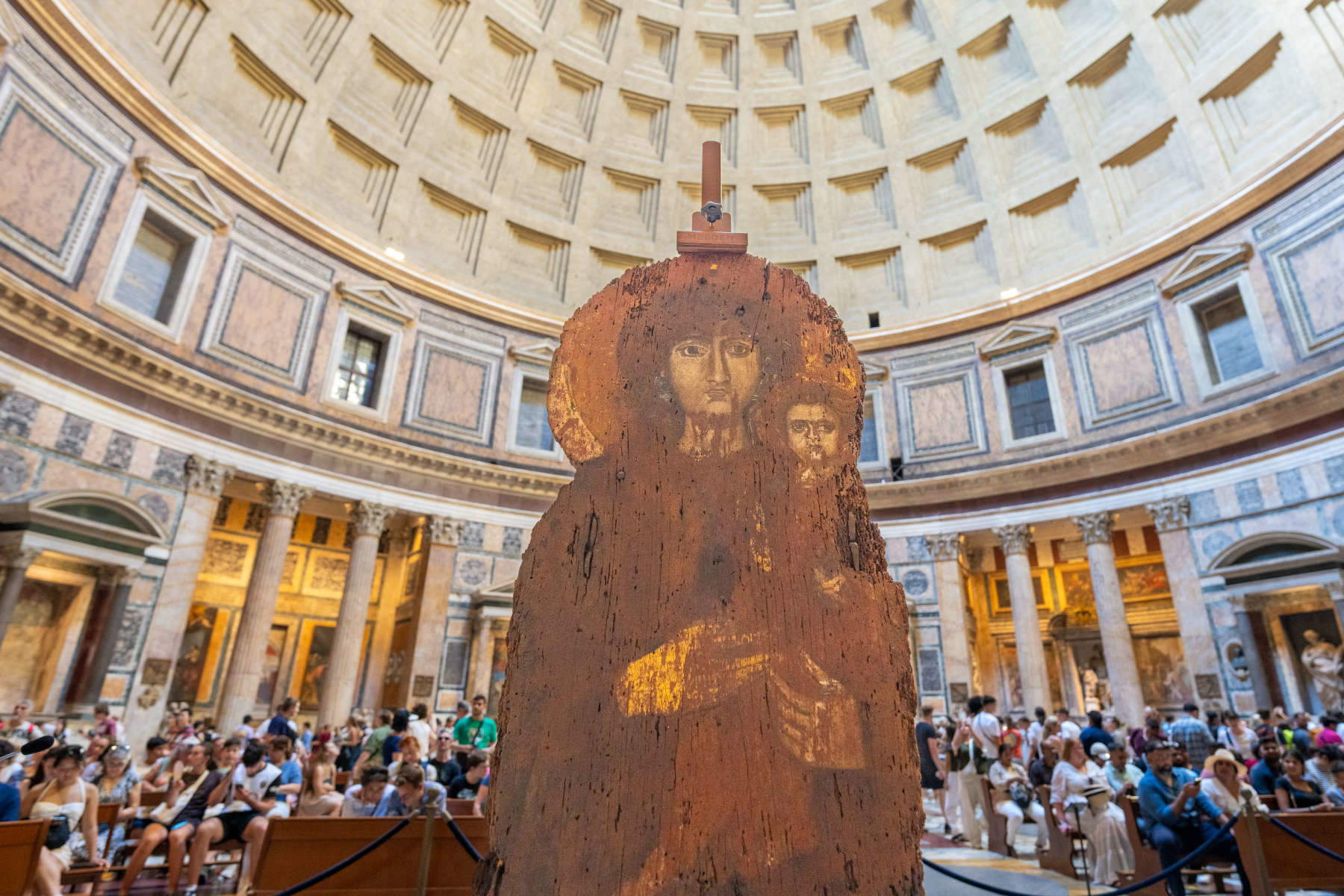 |
| Rome, Madonna of the Pantheon restored with Bulgari funds |
Warning: the translation into English of the original Italian article was created using automatic tools. We undertake to review all articles, but we do not guarantee the total absence of inaccuracies in the translation due to the program. You can find the original by clicking on the ITA button. If you find any mistake,please contact us.




